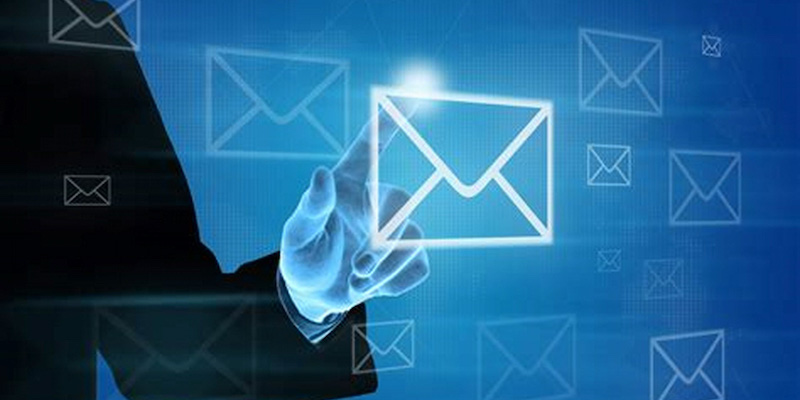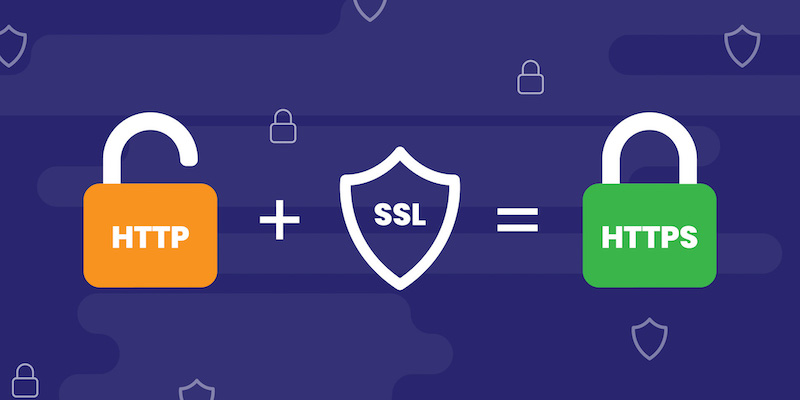
Email is a fundamental tool in our digital lives, but choosing the right protocol can make a difference in synchronizing your messages. In this article, we'll explore the key differences between POP3 and IMAP and help you make the best choice to keep your emails in sync.
Firstly, it's important to consider that there are two types of protocols you can choose from for configuring your email account. These protocols serve different functions and can assist you in various ways. Below, you'll find the main differences:
POP3 (Post Office Protocol 3):
The POP3 protocol downloads emails from the server to your device. Messages are saved locally and removed from the server, which means you can only access them from the device where you downloaded them. While this can save space on the server, it can make email synchronization across different devices challenging.
IMAP (Internet Message Access Protocol):
IMAP, on the other hand, synchronizes your emails across multiple devices and the server. Messages remain on the server, allowing you to access them from any device at any time. Any changes you make, such as marking an email as read or deleting it, will be reflected on all your devices.
Choice based on synchronization:
If you need to access your email from different devices and keep them in sync, IMAP is the best choice. With IMAP, you can read, reply to, and organize your emails from your phone, laptop, or tablet, and the changes will be reflected on all devices. Additionally, if you lose or change a device, your emails will still be available on the server.
On the other hand, if you prefer to have your emails stored locally and don't need access from multiple devices, POP3 can be a viable option. However, keep in mind that synchronization between devices won't be as seamless as with IMAP.
The choice between POP3 and IMAP depends on your synchronization needs and preferences. If you want a smoother email experience accessible from anywhere, IMAP is the better option. If you prioritize storing your emails locally and only accessing them from one device, POP3 may suffice.
Remember to evaluate your needs and consider factors such as the number of devices you'll use, storage space, and internet connectivity before making a decision. Choose the protocol that best suits your digital lifestyle!
Keep reading our technology blog for more tips and tricks related to the digital world!
Related Articles

Everything You Need to Know About Domains: Importance and Choosing the Right TLD
Discover Why Having Your Own Domain is Essential and How to Choose the Right TLD for Your Project. Get Guidance Now!

Protect Your Website with SSL Certificates! Everything You Need to Know
Discover What an SSL Certificate Is, How It Benefits You, and Which Type Is Right for Your Website. Compare RapidSSL, DV, WildCard, OV, and EV

An Overview of Service Status at Webzi
Discover the real-time status of key services on Webzi, from websites to electronic billing. Stay informed about stability and availability for a reliable experience.